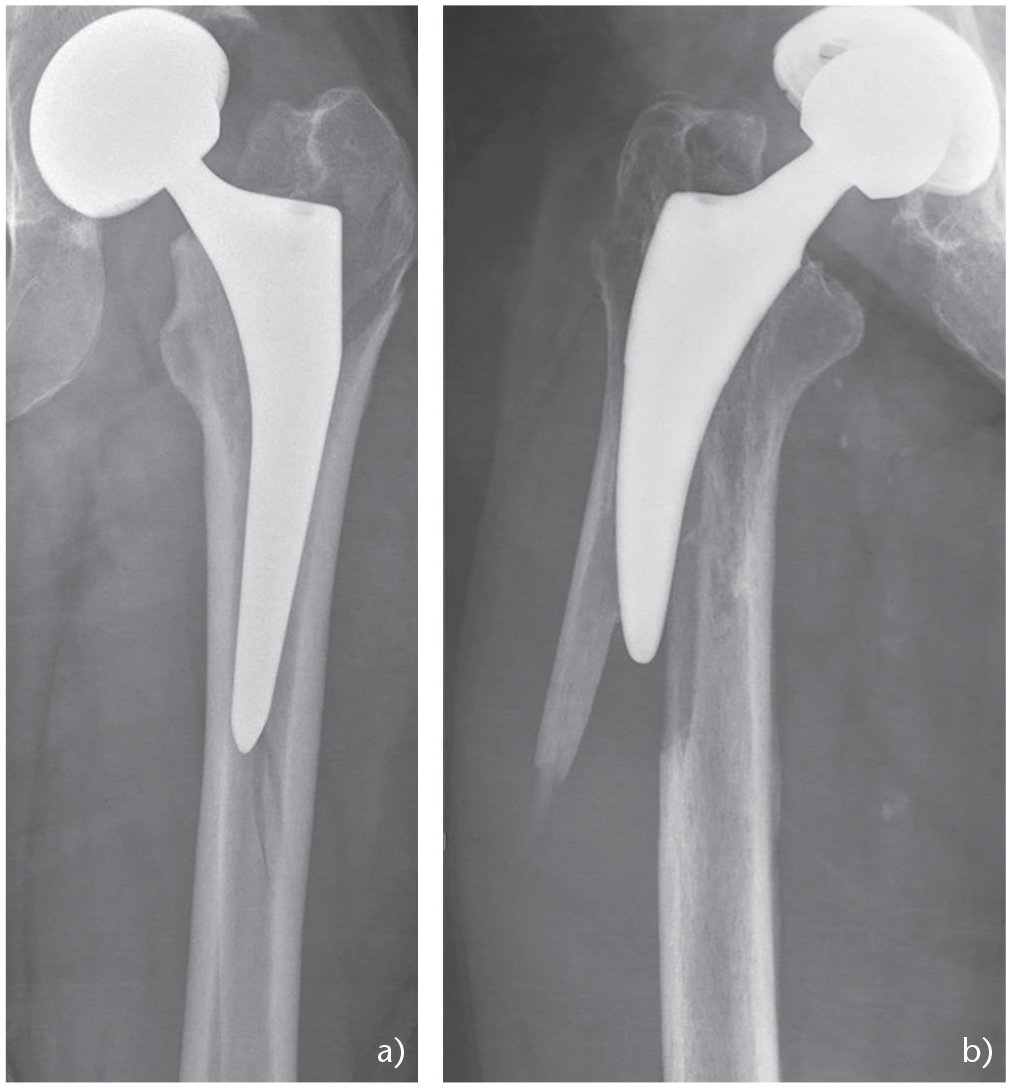Possible Complications of Hip Replacement Surgery
You might wonder if there are any risks of hip replacement surgeries or complications that may arise from undergoing one. All types of surgeries and other medical procedures have various risks and complications. The advancement of medical practices through improved biotechnology and scientific research has reduced these risks and complications. Most people that undergo a hip replacement procedure do not have any serious complications. Nonetheless, the most common risks and complications associated with hip arthroplasty are:
1. Deep Venous Thrombosis (DVT): (rate 1% symptomatic)
This is a common complication of many surgical procedures. Bruising caused by surgery can result in the formation of a blood clot that may get transported and seated in the veins of the legs. Signs of DVT are breathlessness and chest pains. You could also have reddened, warm, and painful areas around the legs. Good leg mobility after surgery helps to prevent deep vein thrombosis. Your doctor can also prescribe blood thinners and compression stockings to reduce the risk of having DVT.
2. Urinary tract infection (estimated rate of 3%):
This is another common complication, especially after hip arthroplasty in old age. The overall rate of UTI in all nosocomial infections is 13%. UTIs are treated with antibiotics. UTIs can infect prostheses, resulting in higher morbidity in patients.
3. Hip Dislocation: (approximate rate of 2%)
In a few cases of hip replacement, the hip comes out of its socket. This complication mostly happens during the first few months of surgery. It happens when the hip is still healing. Mostly, it requires another surgery to correct the dislocation.
4. Infections: (chance around 1%)
Surgeries these days are done in an ultra-clean and sterile environment. The advent of antibiotics has also helped in reducing the possibility of having an infection after surgery. However, due to the many cuts and exposure associated with surgical procedures, infection is still a complication of many surgical procedures. Infection can happen at the site of the incision. Infection can also occur deep into the new joint. They are usually treated with antibiotics. In extremely rare cases, the joint might need to be washed out or a new replacement is done.
5. Changed Leg Length: (more than 1%)
After surgery, one of the legs being operated on may be shorter or longer than the other. This is often remedied by using an elevated shoe on the shorter side. This is the most common reason for patient disappointment after surgery.
6. Fracture: (1% for cemented THR, more in uncemented)
During the surgery, healthy parts of the femur can get damaged and fractured. The fractures are usually tiny on most occasions and can be left to heal on their own. In other cases, bigger fractures would have to be corrected using plates, screws, wires, etc.
7. Joint Loosening: (around 1%)
This complication is now much rarer due to advancements in implant manufacturing. However, the new joint, when not tightly and firmly fitted into the bone, can loosen over time. This will result in pain around the hip and usually require surgical correction.
8. Nerve Damage: (estimated 1%)
During hip replacement procedures, nerves around the hip joint could get incised and damaged. Depending on the extent of damage, this might result in pain, numbness, or weakness.
Further, read
2. (PDF) Complications of Total Hip Replacement (researchgate.net)
All information on this website (https://www.doctor-pal.com) is published in good faith and for general information purposes only. Dr. Indranil Pal does not guarantee this information's completeness, reliability, or accuracy. Actions based on the information found on this website are entirely at your own risk. Doctor Pal shall not be liable for any loss and/or damage associated with the use of our website. Contact your doctor who can advise you on your health and illness.









